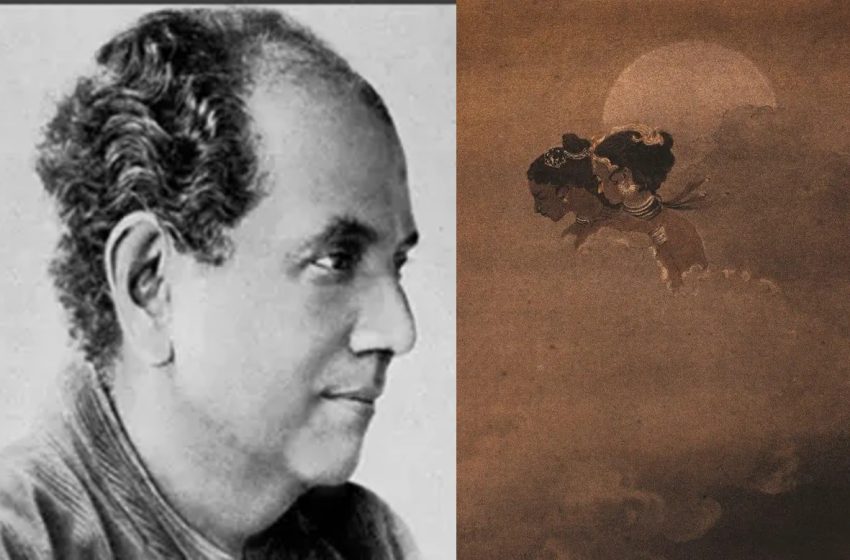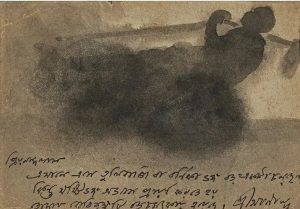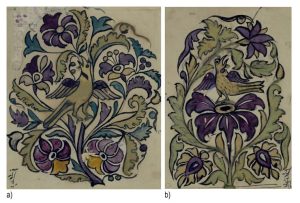Remembering Abanindranath Tagore, the artist who painted a nation’s soul

The Artist, and his Art
Sunny Chandiramani
As India marks the birthday of Abanindranath Tagore on August 7, we are reminded of his profound contribution to shaping the country’s cultural identity through art. Widely regarded as the founder of the Bengal School of Art, Tagore was a pioneering force who steered Indian art away from colonial academic realism and toward a language rooted in the nation’s own traditions and spiritual heritage.
Born in 1871 in Kolkata’s Jorasanko neighbourhood, Abanindranath belonged to the illustrious Tagore family, known for its literary and artistic legacy. While he initially trained in European techniques that emphasised realism and perspective, he soon became disillusioned with their inability to express the subtleties of Indian ethos. This discontent became the driving force behind his search for an aesthetic that could reflect India’s unique civilisational values.
Turning Point
Tagore’s turning point came with his discovery and study of Mughal and Rajput miniature painting styles, along with Persian artistic influences. He combined these with Japanese wash techniques to develop a gentle, lyrical style marked by delicate lines, soft colours, and spiritual undertones. His works often depicted scenes from Indian mythology, classical literature, and everyday life, but infused with a quiet, contemplative depth that was new to Indian art of the time.
Perhaps his most iconic work is Bharat Mata (1905), a painting that became a symbol of the Swadeshi movement. Depicting the nation as a calm, ascetic woman dressed in saffron and holding items representing knowledge, agriculture, and spiritual strength, the painting captured the imagination of a people yearning for independence. More than just an artwork, Bharat Mata was a visual embodiment of India’s soul—dignified, serene, and resilient.
An Artitst, an Educator & a Visionary
Abanindranath was not only an artist but also an educator and visionary. He played a pivotal role in the formation of the Indian Society of Oriental Art and inspired a generation of artists to look inward rather than Westward for inspiration. He mentored figures like Nandalal Bose, Asit Kumar Haldar, and Sunayani Devi, laying the foundation for a modern Indian art movement that was both nationalistic and deeply personal.
His legacy goes beyond stylistic innovations. Tagore’s philosophy emphasised the importance of reclaiming cultural pride through art. He believed that the true spirit of India could be expressed not through mimicry of Western styles, but through a return to its own symbols, stories, and philosophies.
Even today, his works are studied and celebrated as markers of India’s artistic awakening. They continue to inspire reflection, dialogue, and admiration—not just for their beauty, but for their cultural resonance.
Abanindranath Tagore painted more than images; he painted ideals. In a time of colonial rule and cultural confusion, he offered a visual vocabulary of belonging and pride. On his birthday, his legacy remains a powerful reminder of how art can serve as a nation’s conscience and soul.
Sunny Chandiramani is Director – Client Relations at AstaGuru Auction House



